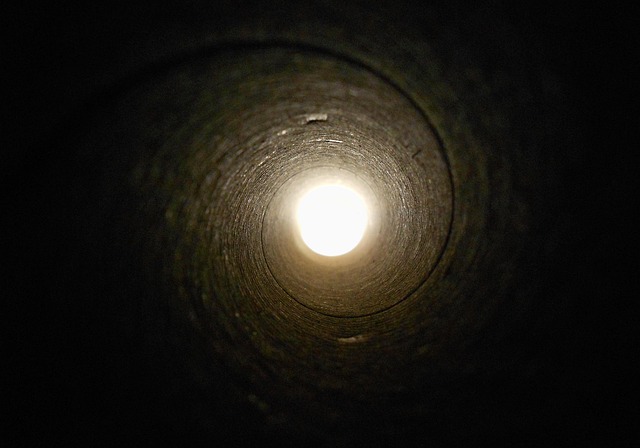Utility potholing services, leveraging advanced technologies like ground-penetrating radar (GPR) and electromagnetic location, play a critical role in identifying and marking underground utilities. This prevents damage during excavation projects, safeguarding public safety, water supply lines, gas distributions, and telecommunications. By accurately mapping pipes, cables, and infrastructure, these services enhance safety protocols, minimize costly accidents and delays, and optimize planning for construction and maintenance operations. Best practices include comprehensive technology investment, regular staff training, clear communication, and color-coding systems to ensure efficient and safe utility management in both residential and commercial settings.
In today’s world, ensuring safety during construction and infrastructure projects is paramount. One critical component often overlooked is precise utility identification through utility potholing services. This article guides you through the essentials of understanding utility potholing, its role in safety protocols, and the numerous benefits of accurate utility location and mapping. We also outline best practices for implementing effective utility potholing programs to minimize risks and disruptions.
Understanding Utility Potholing Services: A Basic Guide
Utility potholing services are a critical and specialized area within the maintenance sector, focusing on identifying and marking underground utilities to prevent accidental damage during excavation projects. This process is essential for ensuring safety and avoiding costly disruptions in communities. By employing trained professionals equipped with advanced detection technologies, utility potholing offers a comprehensive solution to locate pipes, cables, and other vital infrastructure beneath the surface.
The service involves careful planning and systematic procedures. Expert technicians use tools like ground-penetrating radar (GPR) and electromagnetic location to detect utilities precisely. Once identified, these locations are meticulously marked with flags or paint to guide excavators, ensuring they avoid potential hazards. This simple yet vital step prevents damage to essential services such as water supply, gas lines, and telecommunications, thereby safeguarding both public safety and infrastructure integrity.
The Role of Precise Identification in Safety Protocols
Precise identification plays a pivotal role in enhancing safety protocols, especially within the realm of utility management and maintenance. Utility potholing services have emerged as a game-changer in this regard, offering an efficient and comprehensive solution for identifying underground utilities accurately. By employing advanced technologies such as ground-penetrating radar (GPR) and electromagnetic location, these services ensure that workers are well-informed about the exact positions of pipes, cables, and other critical infrastructure before beginning any excavation or construction work.
This level of precision is crucial in preventing accidental damage to utilities, which can result in costly repairs, service interruptions, and even safety hazards. With real-time data on utility locations, teams can navigate complex underground landscapes safely, minimising the risk of striking unknown lines. Consequently, precise identification fosters a culture of safety, ensuring that every project is executed with meticulous care to protect both workers and essential services.
Benefits of Accurate Utility Location and Mapping
Accurate utility location and mapping offer a multitude of benefits, significantly enhancing safety across various sectors. By leveraging advanced technology like utility potholing services, professionals can precisely identify and map underground utilities such as water, gas, electricity, and telecommunications cables. This detailed knowledge ensures that construction projects, maintenance activities, and even everyday tasks like excavation can be carried out with minimal risk of damaging critical infrastructure.
The ability to pinpoint utility locations helps prevent costly accidents, delays, and environmental hazards associated with striking underground utilities. It allows for informed decision-making, optimized planning, and the safe execution of projects, ultimately contributing to more efficient and sustainable operations. Moreover, accurate mapping facilitates better asset management, enabling organizations to maintain and update their records, plan for future expansions, and respond swiftly to unexpected issues.
Best Practices for Implementing Effective Utility Potholing Programs
Implementing robust utility potholing services is paramount for ensuring safety and minimizing disruptions in both residential and commercial settings. Best practices involve several key strategies. Firstly, organizations should invest in comprehensive mapping technologies to accurately identify underground utilities. This allows for precise excavation, reducing the risk of damaging vital infrastructure. Regular training sessions for personnel are essential; up-to-date knowledge on safe digging procedures ensures compliance with industry standards.
Secondly, establishing clear communication channels between various stakeholders—from utility companies to construction firms and regulatory bodies—is crucial. Coordination ensures that everyone is aware of planned excavation sites, timelines, and any potential impacts on nearby utilities. Additionally, implementing color-coding systems for different types of utilities during potholing can significantly enhance visibility and prevent accidental damage.
In ensuring safety and efficiency, precise utility identification through utility potholing services plays a pivotal role. This article has explored the importance of understanding these services, their impact on safety protocols, and the numerous benefits of accurate utility location and mapping. By adopting best practices for implementing effective utility potholing programs, organizations can significantly enhance overall safety, reduce risks, and optimize operations.
